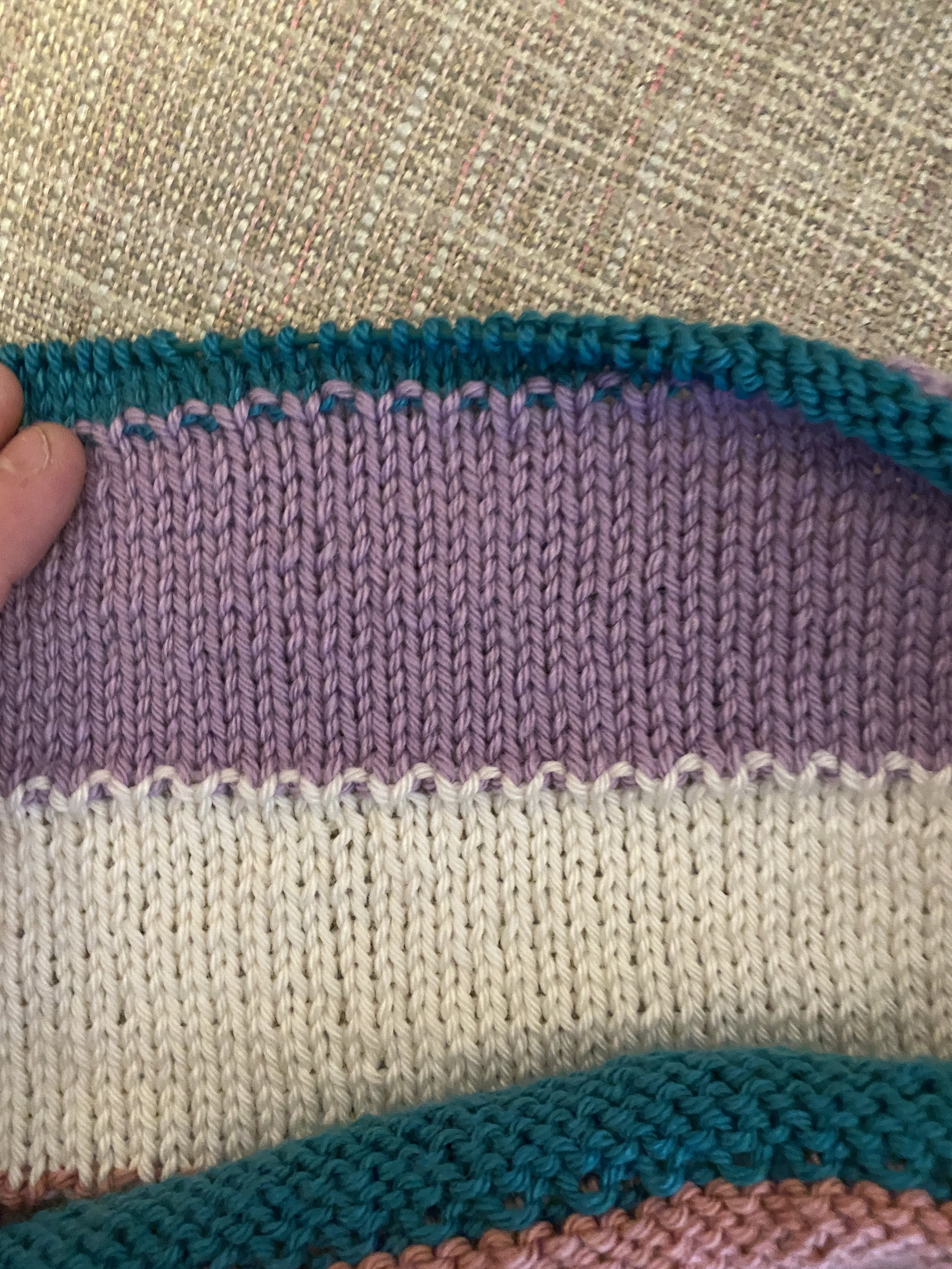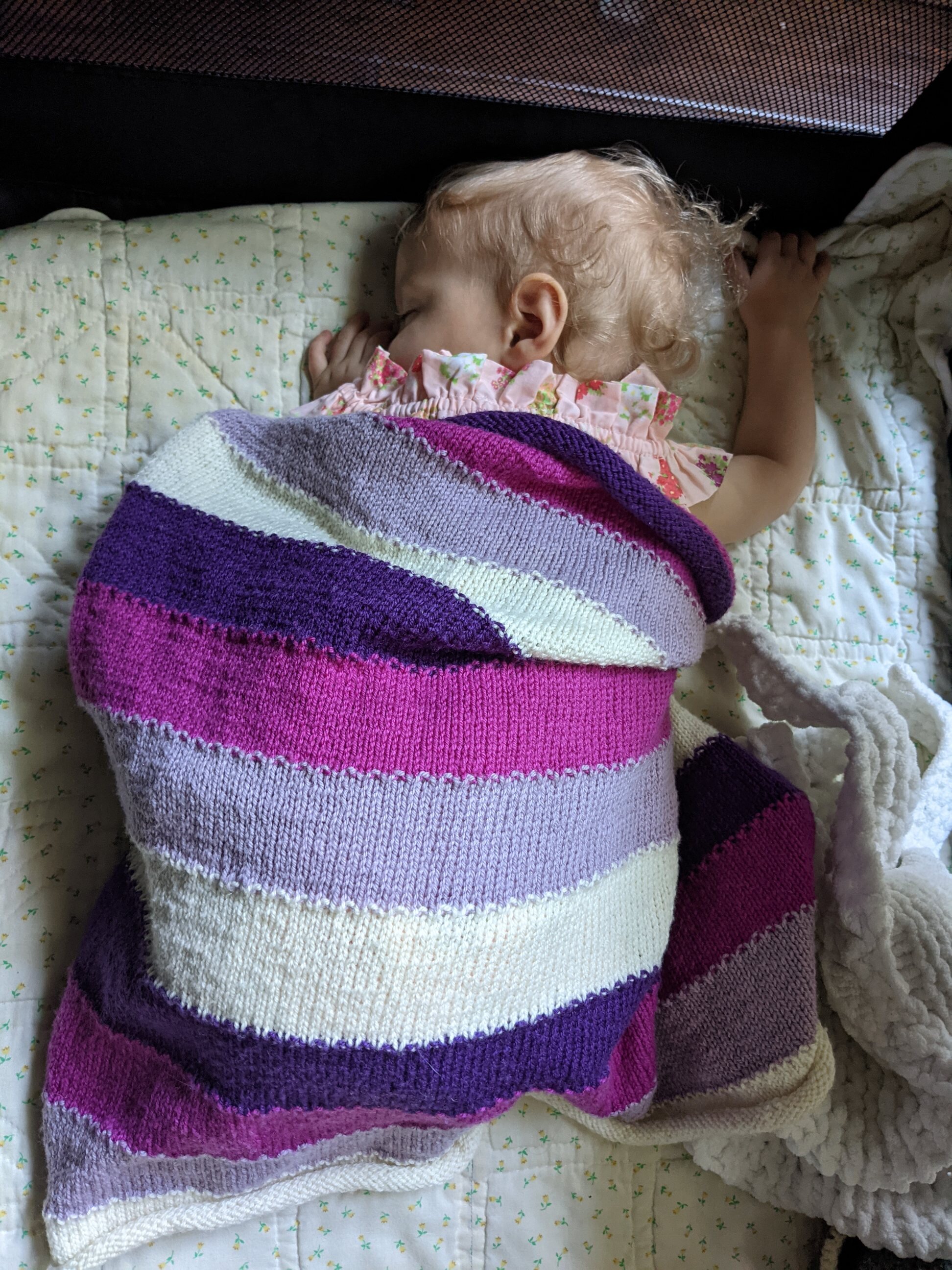One of the mottos of the Dominican order is “Veritas”—truth. We love truth. We live to spread the truth of the Gospel all over the world! And that’s part of the reason we study, so that we can know what the truth is. Truth isn’t about what you think is true, or a “personal truth". (for example, children believe that Santa Claus, the Tooth Fairy, and the Easter Bunny exist. We could call that their “personal truths.” )
Truth is verifiable. Truth can be known. Sometimes, yes, there is mystery! We will never understand everything—and we’re not meant to. Some things are just beyond our reach on this earth. But we know the truth of faith because it’s able to be studied. It’s able to be seen. We believe in the truth of Jesus Christ. At Mass every week, we say the “credo”—”I believe”. This isn’t what just I believe, or what you believe, or what the pope beliefs, or what Fr. Patrick up on the altar believes. It’s what we have always believed, as a people, a family of faith.
If you are Catholic, you have to know what you believe, and why you believe it—and you have to assent to it. You can’t just say, well, that’s fine for you, but I don’t believe in Transubstantiation. (You would be….wrong!) I don’t believe in the Church’s definition of marriage. I don’t believe in Hell. Etc.
Truth is truth whether you believe in it or not. People believed the earth was flat—but it wasn’t. People believed that slaves weren’t people—but they were. People believe that unborn babies aren’t people—but they are. See how this goes?
It goes without saying that the truth needs to be spread far and wide. That’s part of what Dominicans do.
But, the question is “how to do it.” As the Wicked Witch of the West said, “These things must be handled delicately.” We can’t be too nice that we deny people the truth—because the truth sets them free, and truth is the best thing you can give someone! But we also can’t be so awful and hard-core that we turn people away from hearing the truth and listening to it.
Let’s take a story from the Bible. It’s one that’s familiar to everyone—the story of the woman caught in adultery. I’m going to quote it here, so we can all have it freshly before us:
John 8:3-11
The scribes and the Pharisees brought a woman who had been caught in adultery, and placing her in their midst they said to him, “Teacher, this woman has been caught in the act of adultery. Now in the law Moses commanded us to stone such. What do you say?” This they said to test him, that they might have some charge to bring against him. Jesus bent down and wrote with his finger on the ground. And as they continued to ask him, he stood up and said to them, “Let him who is without sin among you be the first to cast a stone at her.” And once more he bent down and wrote with his finger on the ground. But when they heard it, they went away, one by one, beginning with the eldest, and Jesus was left alone with the woman standing before him. Jesus looked up and said to her, “Woman, where are they? Has no one condemned you?” She said, “No one, Lord.” And Jesus said, “Neither do I condemn you; go, and do not sin again.”
Do not sin again. That’s the crux, really. We are all sinners. Every single one of us. I am, you are, everyone. None of us is without sin. But Jesus doesn’t say to the woman, “Oh, what you did is fine. Go ahead, go home, it’s all good.” He said, I don’t condemn you. But don’t sin again. That’s what happens when we go to confession—we have to promise to try not to sin again. We can’t just think, oh, I can do what I want, because confession!
Jesus loves us more than we can possibly imagine. And because he does, he doesn’t want us to keep messing up. It makes him sad! Do parents like it when their kids make bad choices? No! But are they angry? Maybe. Are they disappointed and sad? I think this is probably more likely. (I mean, they might be angry at first. But I think then it becomes more sad/disappointed.)
When we discuss heated issues in the twenty-first century, we are not good about being gentle about it, like Jesus is here. Now, yes, Jesus also turned over tables in the temple. Sometimes we can be righteously angry. I get righteously angry whenever I talk about disabilities or abortion. That’s my thing. But if I slip and start calling people names, or want to incite violence against them, I am sinning.
We can be preachers of the word. We have to be, both preachers of the word and doers of it. We have to live the life of Christ. Sometimes that means standing up for people. Sometimes that means living a quiet life of witness. Sometimes it means both!
If you want to make your point, if you want to convert people, you aren’t going to do it, usually, by violence or hatred or name calling. We need to stop doing that. We need to do it like St. Dominic did it—gently, with facts, with truth, and then….step back. See how it goes. Conversions aren’t instantaneously. St. Dominic famously cried, “Oh Lord, what will become of sinners?” He cared about them. He didn’t just want to score a point like in a college debate match. He didn’t want to just win. He wanted the other person to see the truth because it would save them.
Politics in America has always been nasty (see the Election of 1800!). But we must stop seeing each other as enemies across a divide. We have to state our position, but also realize that we can be friends with people who don’t vote the way we do. In fact, we are required to love them.
I know things get heated in the public realm. I worked in politics for 10 years. I saw it, up close and personal. We cannot want to kill our opponents, guys. We can’t approve the shooting of congressmen and women because the victim disagreed with us! What kind of people will we be then?
A story was told to me by the first legislative aide I worked with, who had been in the senate a long time. She said that senators used to argue like crazy on the floor, and then go out to dinner together. They were friends with each other. That was becoming rarer and rarer
Christianity isn’t a religion for wimps. Jesus doesn’t ask us to be a doormat. He asks us—and St. Dominic shows us how—to preach the truth, to live the truth with our lives, to pray for our enemies. We can have discussions—even loud Italian ones! We can be passionate! I’ve always been passionate when talking about the Church.
But there’s a fine line between being passionate, and being so whipped up into a frenzy that you can’t see the human being on the other side.
St. Dominic saw the humanity in the people he met. That’s what drove him to preach—his concern for them and his love for Christ.
Does the same thing compel us?























































